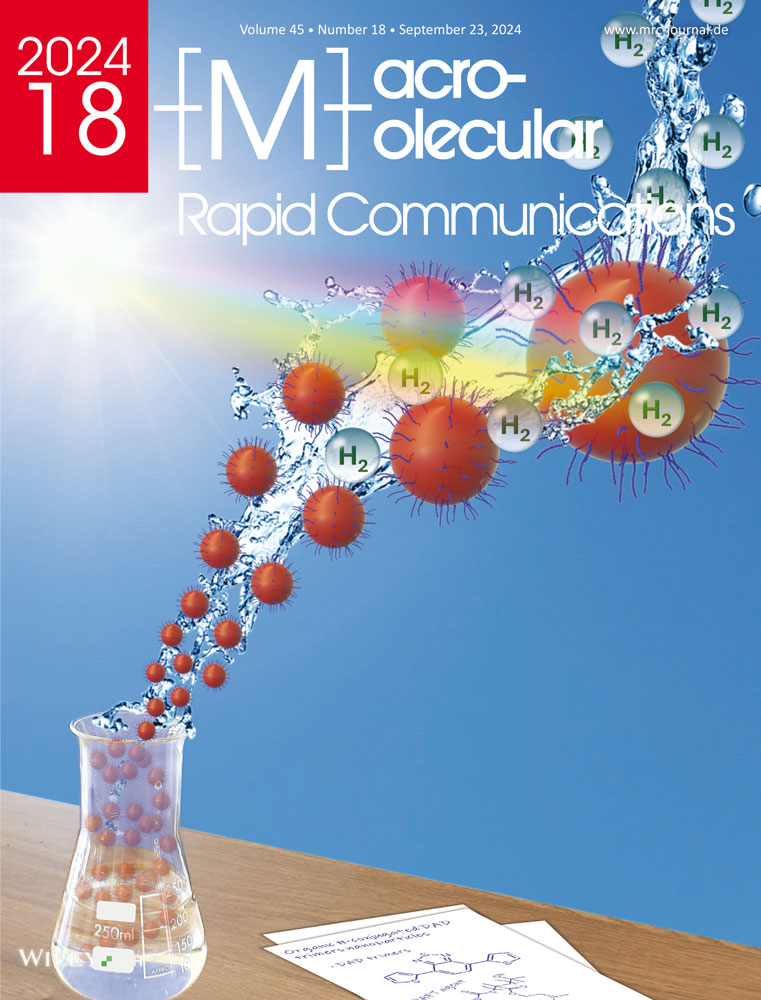Synthesis of New Glycine-Based Polymers and their Thermoresponsive Behavior in Water
Abstract
In this work, new glycine-derived polymers are developed that exhibit thermoresponsive properties in water. Therefore, a series of monomers containing one, two, or three amide functional groups and one terminal cyanomethyl group is synthesized. The resulting homopolymers, obtained by free radical polymerization (FRP) and reversible addition fragmentation chain transfer (RAFT) polymerization, display a sharp and reversible upper critical solution temperature (UCST)-type phase transition in water. Additionally, it is shown that the cloud point (TCP) can be adjusted over more than 60 °C by the number of glycyl groups present in the monomer structure and by the polymer's molar mass. These novel thermoresponsive polymers based on cyanomethylglycinamide enrich the range of nonionic UCST polymers and are promising to find applications in various fields.
Conflict of Interest
The authors declare no conflict of interest.
Open Research
Data Availability Statement
The data that support the findings of this study are available in the supplementary material of this article.




